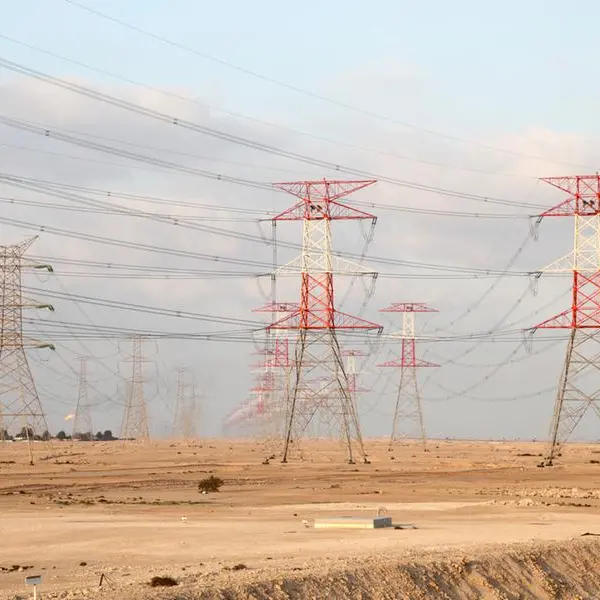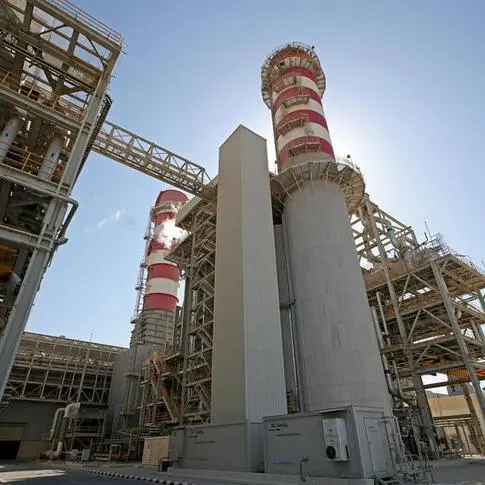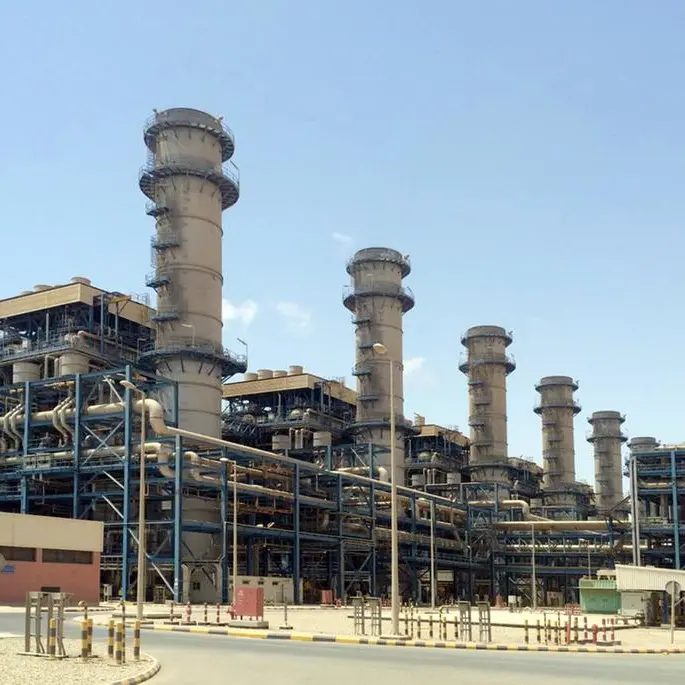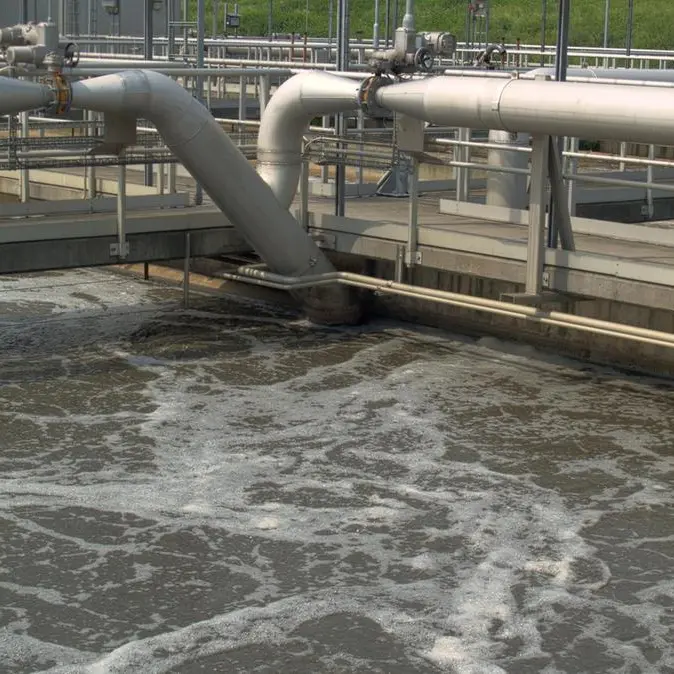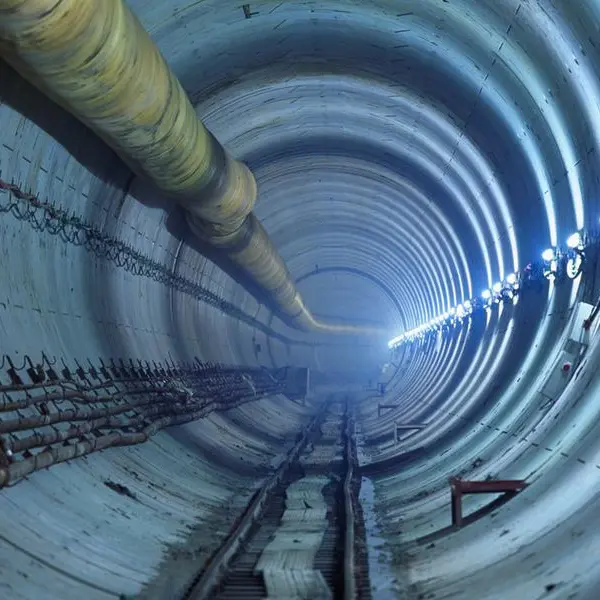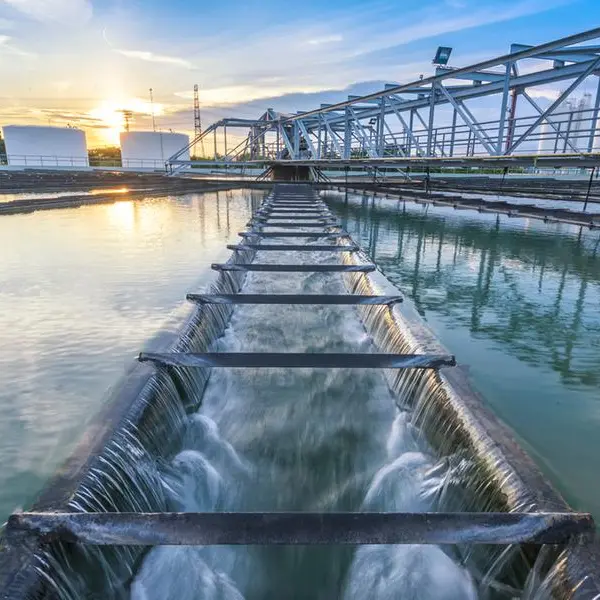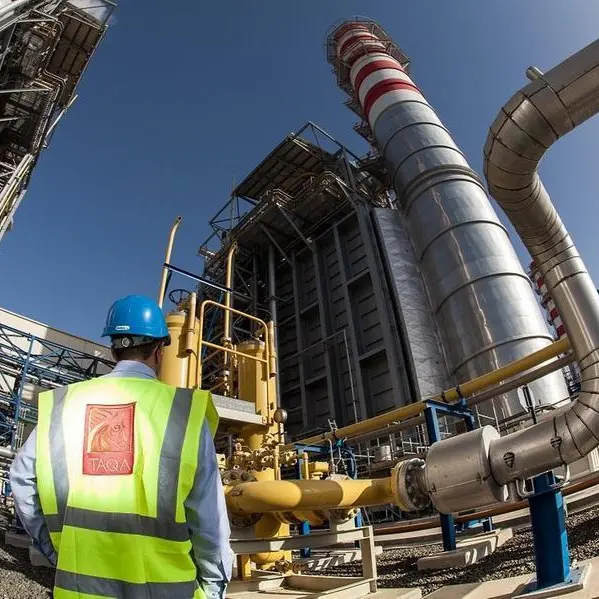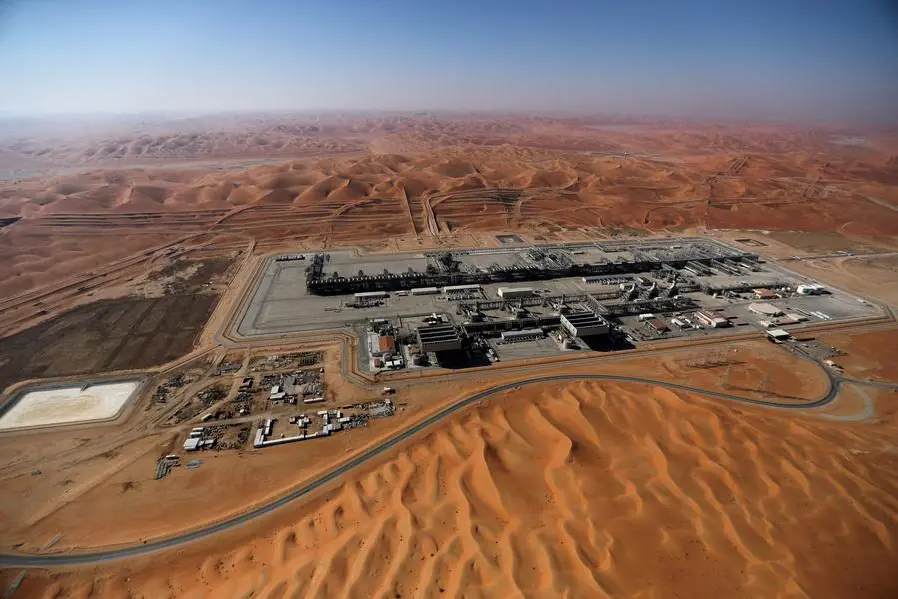PHOTO
The massive growth in power-hungry hyperscale data centres to implement AI and generative AI (GenAI) will exceed the ability of utility providers to expand their capacity fast enough, according to technology research and consultancy firm Gartner.
The trend threatens to disrupt energy availability and lead to shortages, which will limit the growth of new data centres for GenAI and other uses from 2026, Bob Johnson, VP Analyst at Gartner said.
AI and generative AI (GenAI) are driving rapid increases in electricity consumption, with data center forecasts over the next two years reaching as high as 160 percent growth.
“New larger data centres are being planned to handle the huge amounts of data needed to train and implement the rapidly expanding large language models (LLMs) that underpin GenAI applications,” said Johnson. “However, short-term power shortages are likely to continue for years as new power transmission, distribution and generation capacity could take years to come online and won’t alleviate current problems.”
Gartner predicts that 40 percent of existing AI data centres will be operationally constrained by power availability by 2027.
It estimated the power required for data centres to run incremental AI-optimised servers will reach 500 terawatt-hours (TWh) per year in 2027, which is 2.6 times the level in 2023.
The research firm said in the near future, the number of new data centres and the growth of GenAI will be governed by the availability of power to run them. An inevitable result of impending power shortages is an increase in the price of power, which will also increase the costs of operating LLMs, according to Gartner.
“Significant power users are working with major producers to secure long-term guaranteed sources of power independent of other grid demands,” said Johnson. “In the meantime, the cost of power to operate data centres will increase significantly as operators use economic leverage to secure needed power. These costs will be passed on to AI/GenAI product and service providers as well.”
Zero-carbon sustainability goals will also be negatively affected by short-term solutions to provide more power, as surging demand is forcing suppliers to increase production by any means possible. In some cases, this means keeping fossil fuel plants that had been scheduled for retirement in operation beyond their scheduled shutdown.
“The reality is that increased data centre use will lead to increased CO2 emissions to generate the needed power in the short-term,” said Johnson. “This, in turn, will make it more difficult for data centre operators and their customers to meet aggressive sustainability goals relating to CO2 emissions.”
Data centres require 24/7 power availability, which renewable power such as wind or solar cannot provide without some form of alternative supply during periods when not generating power, according to Gartner.
Reliable 24/7 power can only be generated by either hydroelectric, fossil fuel or nuclear power plants. In the long-term, new technologies for improved battery storage (example, sodium ion batteries) or clean power (example g small nuclear reactors) are expected to become available.
Gartner advises organisations to determine the risks of potential power shortages and cost increases when developing plans for new products and services, and re-evaluate sustainability goals relating to CO2 emissions in light of future data centre requirements and power sources.
(Writing by P Deol; Editing by Anoop Menon)
(anoop.menon@lseg.com)
Subscribe to our Projects' PULSE newsletter that brings you trustworthy news, updates and insights on project activities, developments, and partnerships across sectors in the Middle East and Africa.

